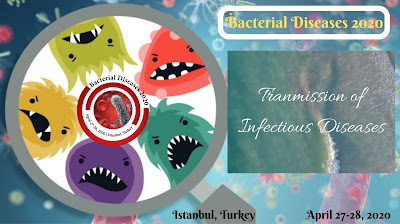Is Habitat Hotspots effective for Transmission of Diseases?

Habitat Hotspots: The un-fold of infectious diseases powerfully depends on however habitat characteristics form patterns of between-host interactions. Specifically, habitat heterogeneousness influences patterns of between-individual contacts and thus, illness dynamics. For instance, “ habitat hotspots ”, sites that attract people or social teams over long distances, may be visited by an outsized set of a population. Around hotspots, between-individual contact rates typically increase in frequency, which amplifies disease transmission . In humans, faculties and dealing places are typical samples of hotspots and are shown to accelerate the un-fold of measles, influenza , and SARS. Thus, limiting transmission at hotspots has become a promising strategy for mitigating epidemics (e.g., influenza) though the potency of such methods additionally depends on the role hotspots play relative to alternative sources of local transmission (e.g., influenza). The un-fold of infectious disea...





